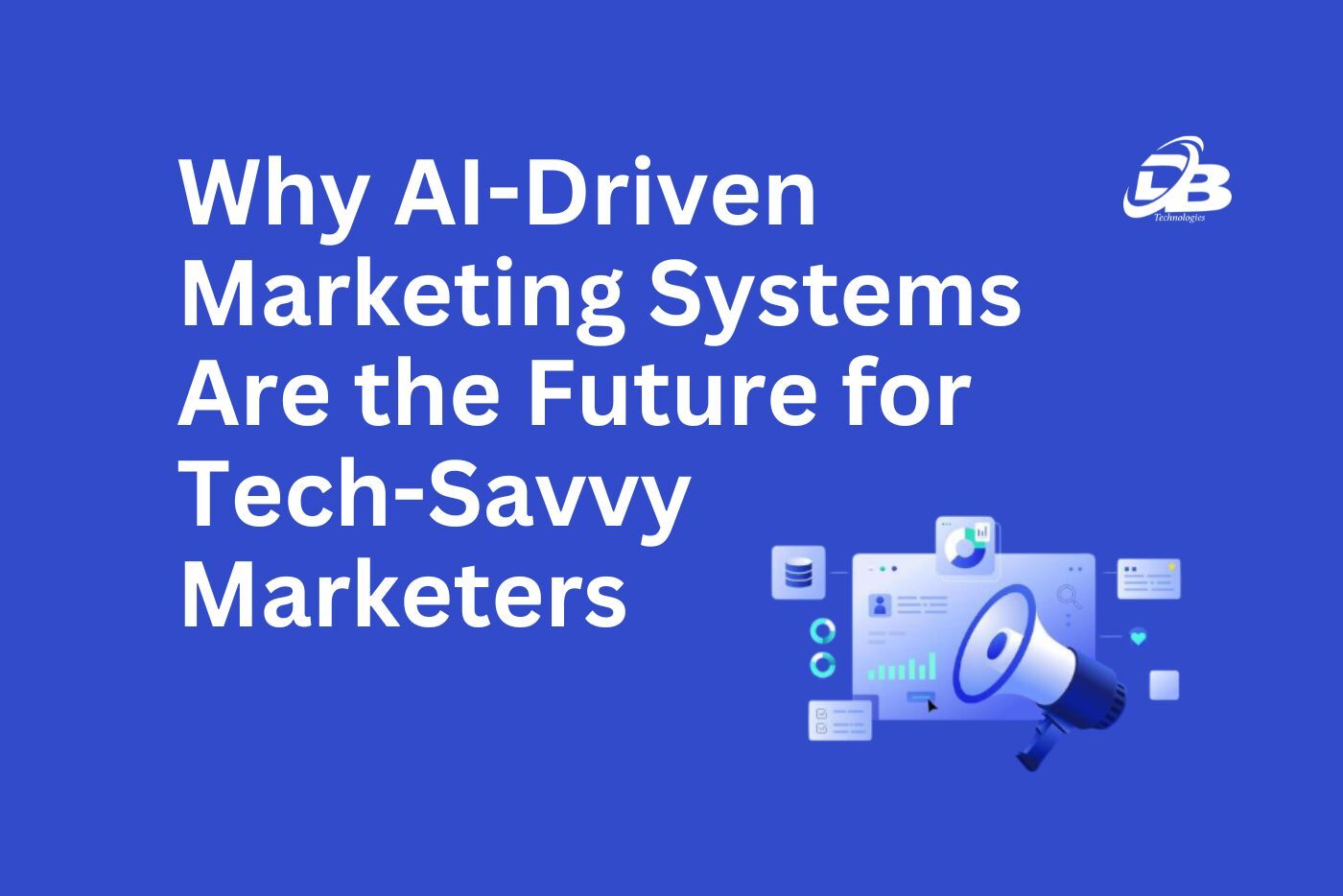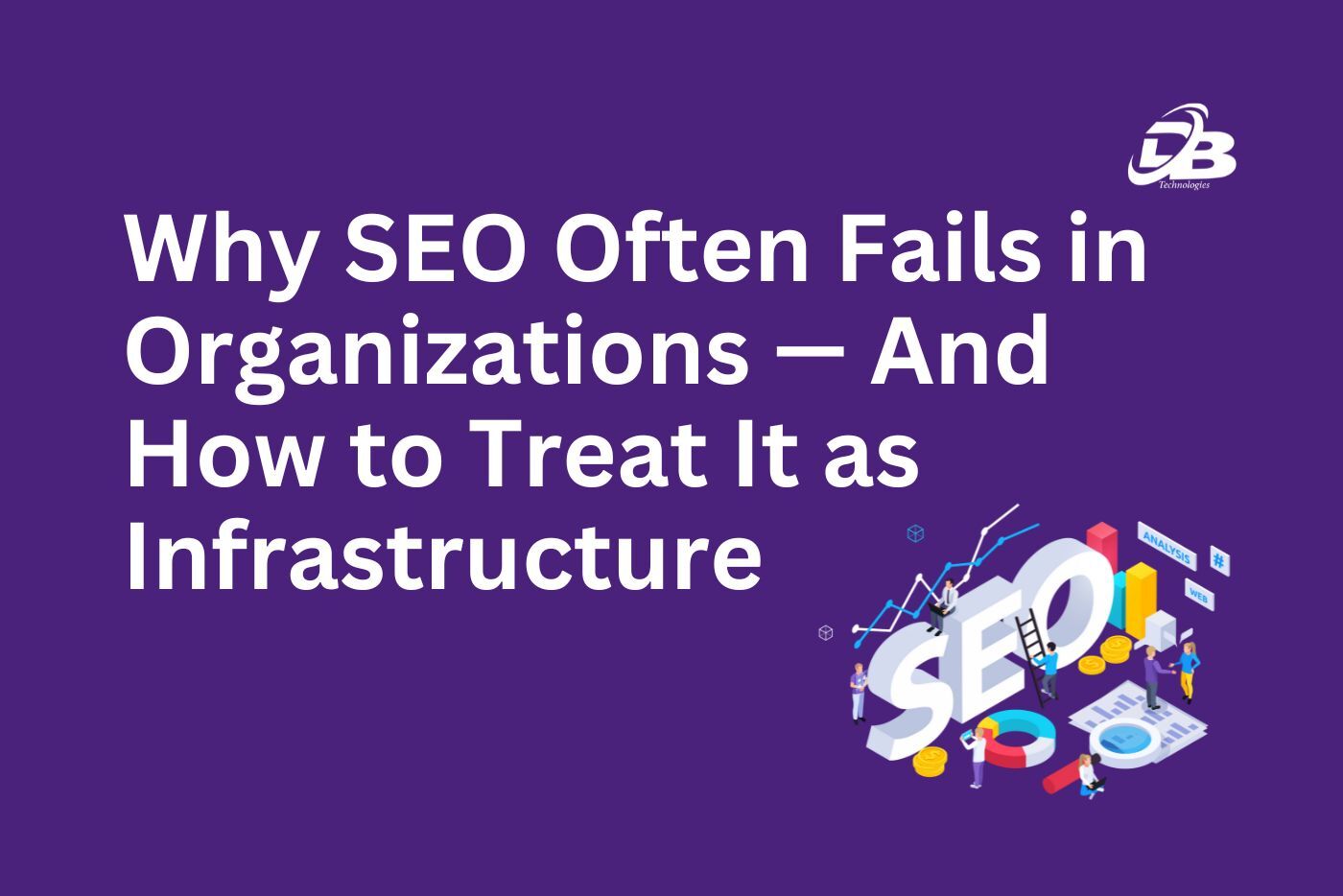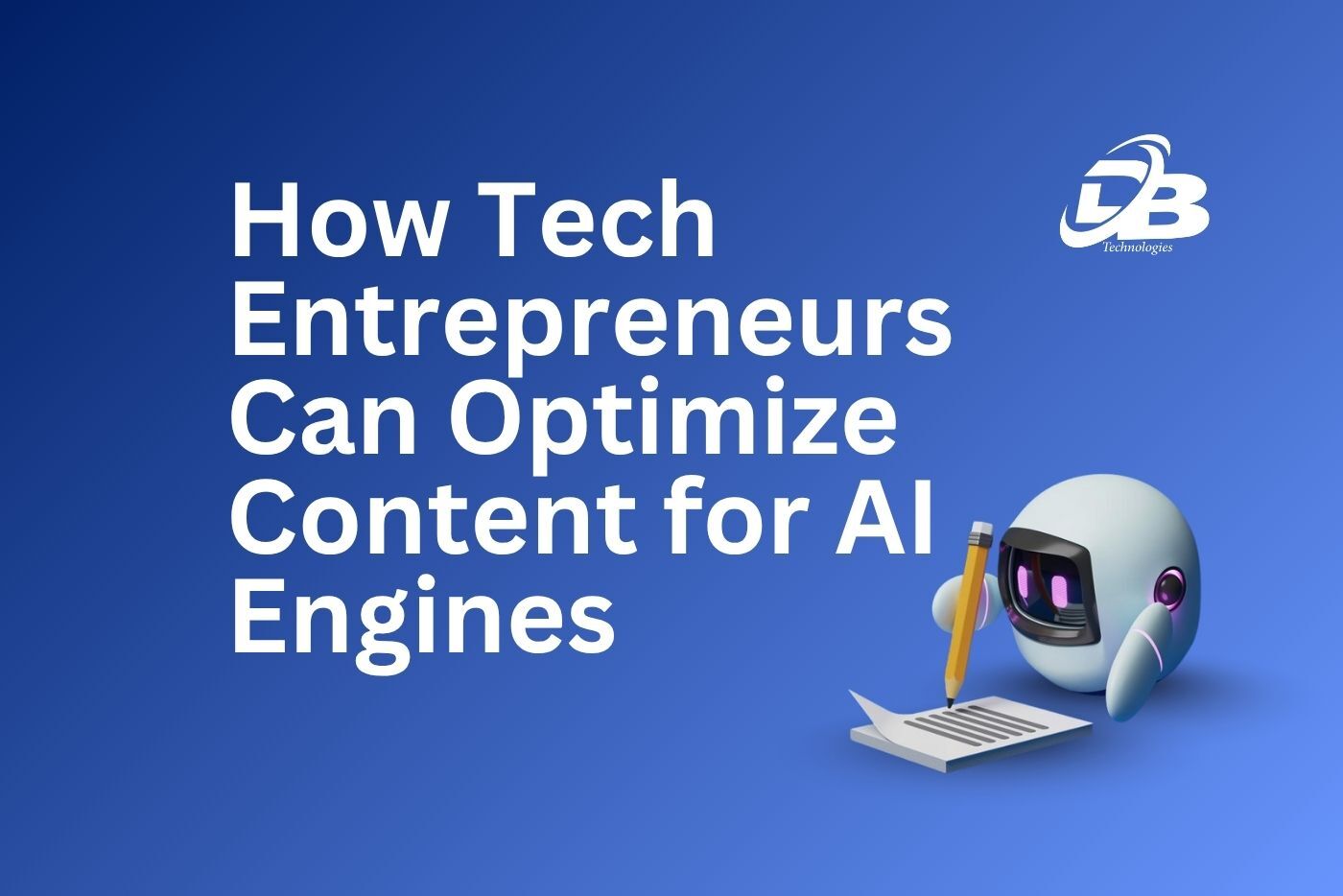
Imagine a world where your customers don’t Google your brand, they just ask a Chatbot. That is the future now.
In the old days, we used search engines like Google, which ranked pages by keywords and links. But now, many users simply ask an AI question and get a direct answer. In this generative AI era, a chatbot or voice assistant might answer with a paragraph citing a few sources, instead of a list of links.
If your brand isn’t in those sources, it can become almost invisible. This shift is why marketers are buzzing about Generative Engine Optimization (GEO). GEO is like SEO for AI: it means tweaking your content so large language models (LLMs) will retrieve and mention it in answers.
What Are AI Media Partnerships?
AI media partnerships are deals between AI companies (like OpenAI, Google, Microsoft) and media publishers, where the AI gets licensed access to a publisher’s content.
For example, OpenAI partners with big news groups (News Corp, TF1, The Washington Post, etc.) Microsoft has similar deals (with Reuters, FT, Axel Springer, and others)
These partnerships mean the AI can deeply crawl and reuse those sites’ archives. In effect, the partnered publishers become “landmarks” in the AI’s internal knowledge graph. Think of it like this: AI media partnerships act like gravity.
They pull certain outlets closer to the center of answers and push others to the margins. If your brand is featured on a high gravity site, the AI “sees” it a lot. If not, you risk being invisible to generative search.
In more detail, these deals influence three things about how AI sees content:
1) Coverage: Which archives the AI can legally train on and retrieve (all that publisher’s past content)
2) Context: How often those sources appear in the AI’s training and retrieval (i.e. how well the AI “knows” them)
3) Credibility: The confidence weight the AI gives them when generating answers
In practice, AI media partnerships are licensing agreements, the AI has permission to quote that publisher’s content. (If you’ve ever seen ChatGPT answer a question and end with “source: example.com,” that content likely came from a partner publisher.)
When a publisher is a model partner, it stops being just another website, it becomes a trusted source that the AI actively learns from and reuses. And brands featured on those sites benefit: their stories are more likely to be cited and remembered by the AI.
Why AI Partnerships Matter for Brand Visibility
The gap between traditional search results and AI answers is huge. One analysis found that only 7.2% of domains appear in both Google’s AI Overviews and in answers from LLM based tools like ChatGPT.
In other words, most sites that rank in normal Google search don’t even show up in generative AI results. AI has its own favored sources.
Which sites get favored? Generally, big trusted publishers and authoritative niche sites. Google’s AI Overviews often cite well known outlets (the BBC, CNN, etc.), while LLM only answers sometimes draw on specialty sites (like AllRecipes for cooking or Investopedia for finance).The key is that depth of expertise matters more than sheer popularity.
For example, one study found that WebMD’s content was cited about 1.2 million times in AI answers, and the BBC’s about 490,000 times. Even Forbes had approximately 468,000 citations in AI outputs. By comparison, small sites are barely heard. So if your brand appears even once on a site like that, AI is likely to pick it up.
For brands, the message is clear; be present where the AI is listening. If your brand is only mentioned on small blogs or forums, the AI might never see it. But if you get featured on a site that an AI regularly uses, your brand becomes part of its answers.
Kelsey Libert’s research puts it this way, if your story lives outside the AI’s partner networks, “you’ll spend more time and budget fighting to be represented as an authority in generative answers.”
In other words, premium content from partner publishers tends to dominate AI outputs, and others get left out.
So, even if your SEO is great on Google, you could be invisible to AI. To bridge that gap, marketers need to rethink visibility; it’s about influencing knowledge graphs and newsfeeds that AI relies on, not just backlinks or keywords.If AI can’t find you, neither can your customers.
From SEO to GEO: Generative Engine Optimization
Traditional SEO is about optimizing for Google. GEO (Generative Engine Optimization) is about optimizing for AI driven discovery. The shift is already huge; retailers could see a 520% jump in traffic from chatbots this year.
OpenAI even partnered with Walmart so people can shop within ChatGPT. According to some estimates, the GEO marketing industry is approaching $850 million.
So how should brands play GEO? Many tactics overlap with good SEO, but tweaked for AI. For example:
1) Answer specific questions
AI answers favor clarity and structure. Use bullet lists, FAQs, and clear definitions so chatbots can easily parse and quote your content.
2) Own a niche
The top AI content providers (like WebMD or AllRecipes) “own their vertical”. Identify your specialty and build the most complete knowledge base in it.
3) Use schema and structured data
Mark up your content (products, FAQs, how tos) so AIs can link facts directly to your brand.
4) Leverage “statistical gravity”
Make your data reusable. Every time a site or journalist picks up your stats or charts, it boosts your signal across AI systems.
5) Aim for trusted media
AI models favor content from known media groups (TIME, Guardian, etc.) Get featured there, and you’re more likely to appear in AI answers.
6) Think global
Most current AI data is US-centric.Localize and use content in a way it reaches max audience.
In short, the brands that win GEO won’t just chase keywords they’ll architect authority across channels.
The New Rules of Digital Discovery in AI
AI search isn’t a future trend, it’s here today. Many customers’ first interaction with your brand might be via an AI chat or voice assistant, not a Google results page. One expert predicts traditional search could lose around 50% of its share by 2028.
In this world, your visibility depends on what machines can read from your site, not how it looks to humans.
In other words, your website is now a data source for AI, not just a pretty storefront. AI crawlers don’t care about hero images or slick design, they parse the raw HTML, headings, and data.
One source says, “AI agents don’t care about your homepage design… They don’t scroll; they parse… If your site isn’t structured in a way that AI models can read… your content might as well not exist.
So what do we do?
Start by making your content easier for machines to read. Use clear headings and proper metadata so AI systems can find their way around your site. Try adding short lists or Q&A sections; it helps AI pull the right info fast.
If you sell products or host events, add schema markup so details like prices, ratings, or instructions are connected to your brand. And here’s a fun trick, ask ChatGPT or other AI tools about your brand. If it doesn’t know much, that’s your cue to improve your online presence.
If AI can’t parse your content, neither will the AI-powered customer.
As one marketing pro says, “you should start every dollar asking, will this improve how AI understands our brand?”
In practice, experts suggest shifting your budget toward things like technical AI audits (sometimes called AEO/GEO audits), structured data implementation, content formatting, metadata, and AI-visibility testing. Start with fundamentals, structure your content for machines, and the AI will start to pick it up.
Looking ahead:
AI agents are becoming gatekeepers. That means they will summarize information and even make bookings or purchases. In that future, being visible means the AI not only cites your brand’s info, but actually picks you when helping the customer.
Earned Media and AI Search: PR is the New SEO
One of the most surprising shifts is how important earned media (PR coverage) has become in AI search. In the Google world, SEO and paid ads were kings. In the AI world, it’s all about citations from trusted content.
Studies show the vast majority of AI answers come from earned or owned content. For example, one analysis found 95% of what AI models quote comes from PR’s core strengths: earned, owned, or shared media.
AI-Powered Marketing Strategies
Generative AI isn’t just for search visibility – it’s changing how brands market themselves. For example:
1) Branded AI campaigns
Companies are creating interactive experiences with AI. Coca-Cola rolled out a GPT-4 portal letting fans design custom Coke ads using official brand assets.This not only engaged customers, but also wove the brand into AI content.
2) AI sales assistants
Brands are integrating with chat and voice bots. Domino’s Pizza uses an AI-powered voice assistant to take phone orders, and Walmart is working with ChatGPT so users can browse and buy directly within chat.These moves make your products appear in AI-powered channels.
Lets take an Example
Imagine a sunblock brand. The brand soon realized that they are not finding customers via Google and people are relying on chat on recommendations.
So they decided to change their strategy.
At first they collaborate with a PR agency and get featured in lifestyle and health outlets (especially those tied to AI). They also redesign the website with AI in mind.
They even add an AI-powered chatbot on the site to answer common skin questions. As a result of these efforts, chatbots begin recognizing Sunshine Skincare.
Within weeks, for example, some AI answers to “What should I put on my skin after a sunburn?” now include Sunshine’s SPF lotion as a recommendation. Sunshine didn’t buy ads – they built AI-friendly content and media partnerships, and now their brand is showing up front-and-center in generative answers.
Challenges Involved
The newly explored realm is not free of challenges.one of the major issues is biasness. AI models are too much English language, US centric sources.
So typically non – English sites get less consideration. Therefore companies might have to translate their content into English.
Another risk is that these media partnerships can change with little notice. A publisher might drop out of an AI program or a new law could reshape content licensing. Brands should watch for news (tech blogs, press releases) about which publishers have AI deals.
Finally, an early-mover advantage is real: if you take action now, you get priority in the knowledge graph. But if you wait, you could find your brand stranded on the wrong side of history. As one researcher warned, it only takes missing one AI cycle to “get on the wrong side of the adoption curve.
To enrich your knowledge base, also read our blog titled, “Protecting Your Brand Reputation in AI Search: Your Ultimate Survival Guide.”
Wrapping up
At the end of the day, it’s pretty simple — AI is changing how people find brands. ChatGPT alone gets billions of prompts every day, and soon half of all searches might be through AI instead of Google. That means if your brand isn’t showing up in those AI answers, you’re missing out.
That’s why AI media partnerships really matter now. Getting your brand mentioned in trusted media or quality content helps AI recognize and recommend you. Think beyond SEO and focus on GEO, clear answers, and content that actually helps people.
Consistency is the key. Publish quality stuff, and keep learning. It’s not a quick win; it’s more like building trust with AI over time. But if you start adapting now, your brand could be one of the first names these smart systems bring up and that’s the kind of visibility everyone’s chasing.












